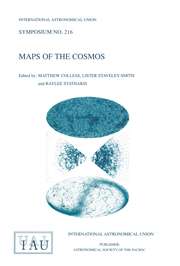Crossref Citations
This article has been cited by the following publications. This list is generated based on data provided by Crossref.
Mondal, Soumen
2018.
Exploring the Universe: From Near Space to Extra-Galactic.
Vol. 53,
Issue. ,
p.
195.

